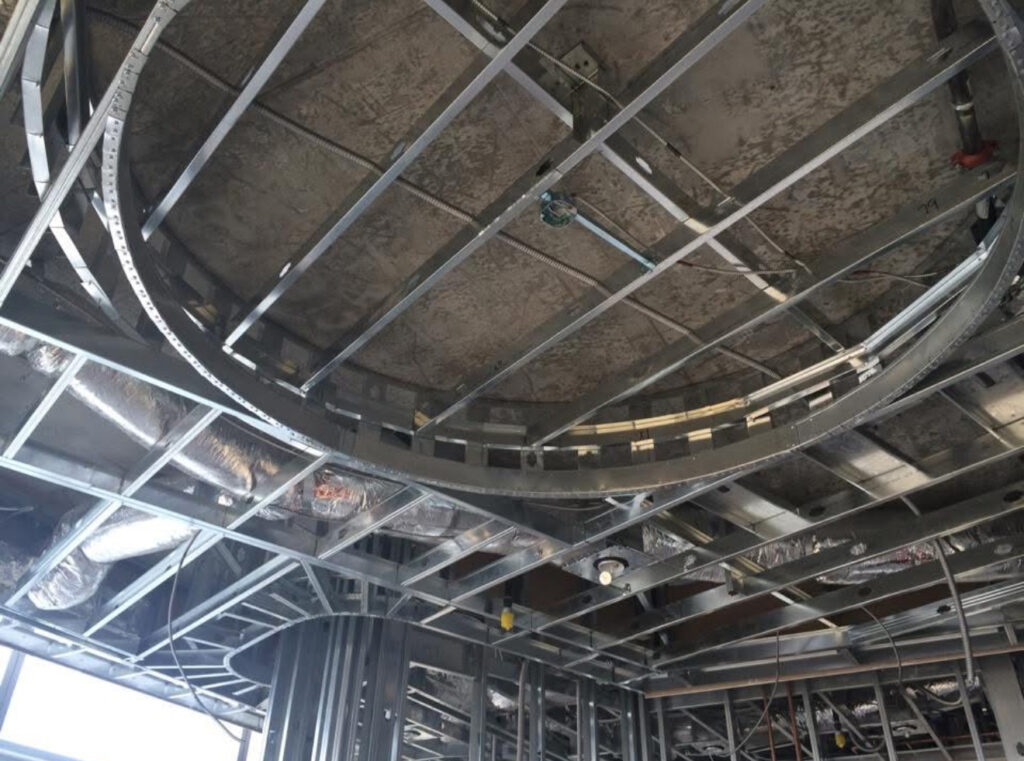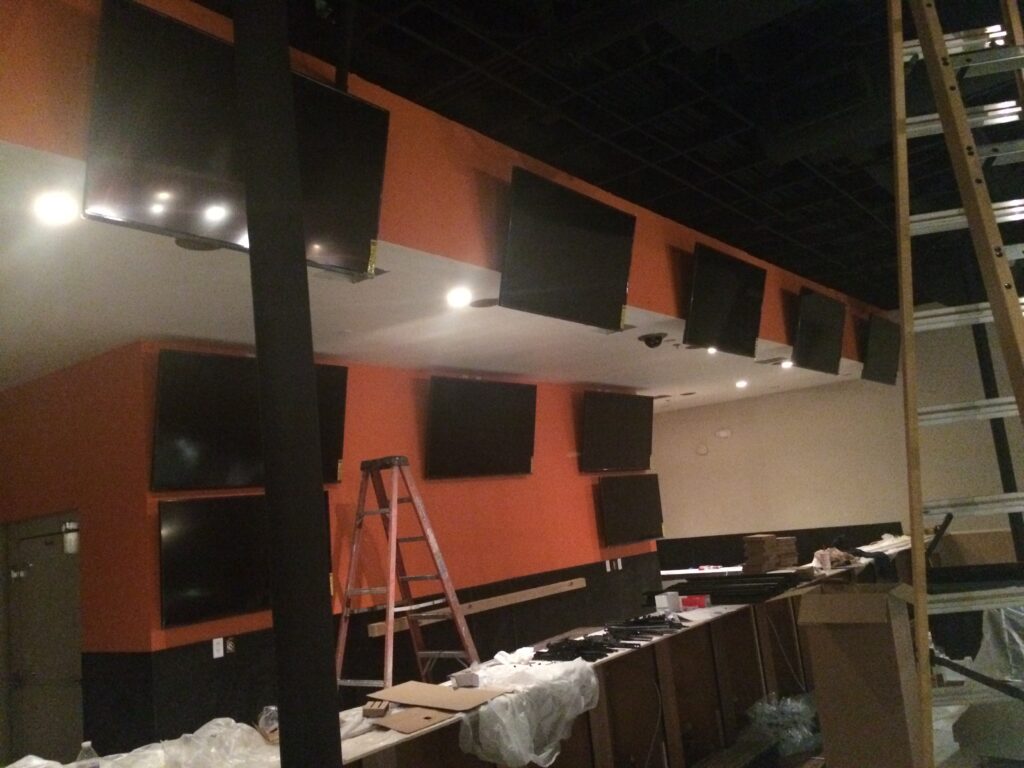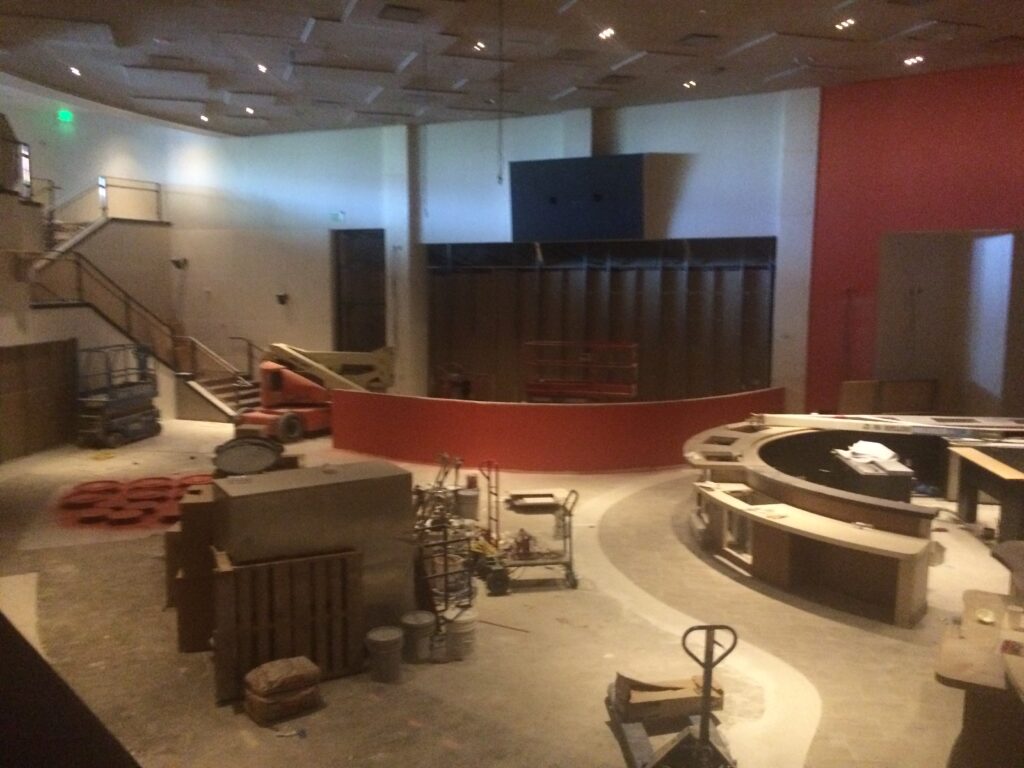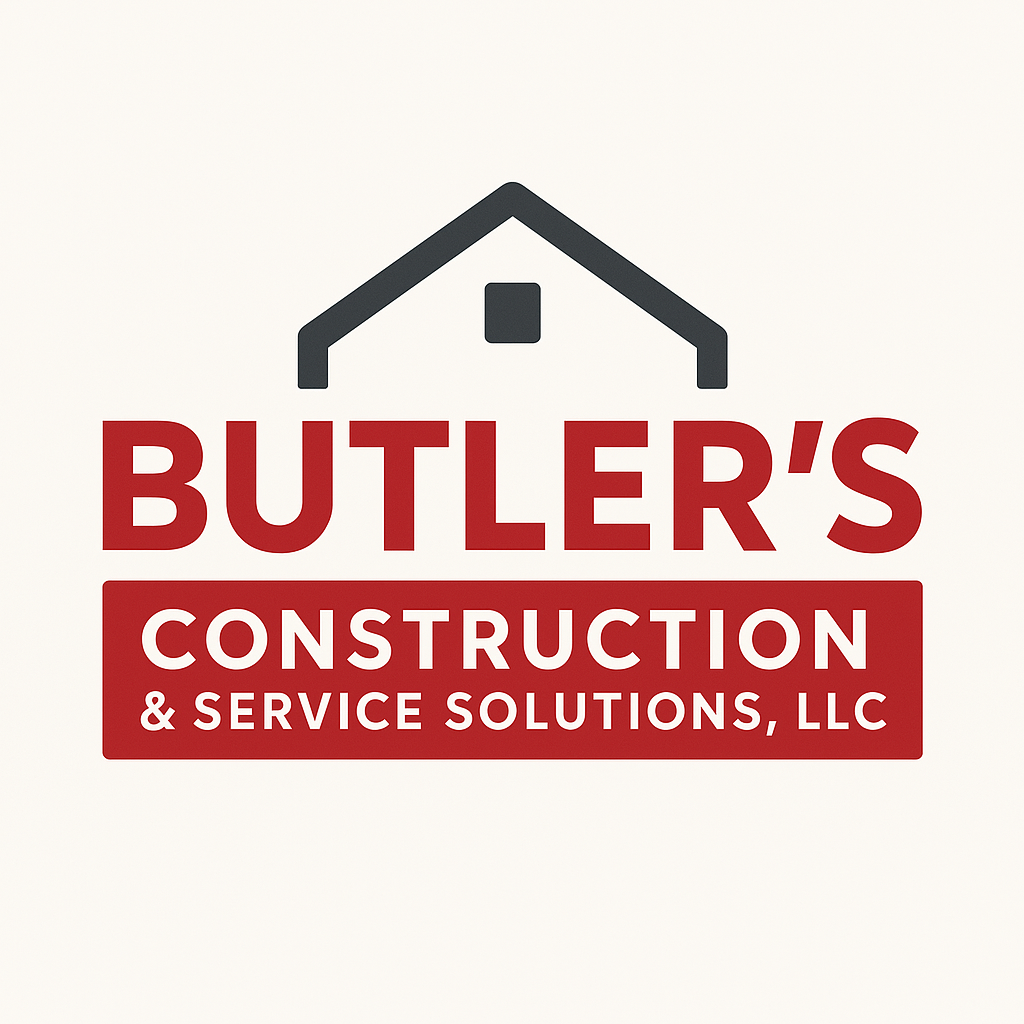
Commercial remodeling projects get substantially pricey compared to residential ones, with costs typically running between $100 to $200 per square foot. These projects affect your customers and employees who rely on your space to function properly, unlike home renovations.
Many commercial renovation attempts fall short despite the huge investment involved. The renovation process for commercial properties grows more complex and needs careful attention to detail. The project can get delayed and result in hefty fines if you fail to follow building codes or get proper permits. We’ve watched businesses struggle through remodels that promised to reshape the scene but only brought disappointment.
This piece will get into why commercial remodeling projects usually fail and give you practical steps to make your project successful. We’ll cover everything you should know about your commercial property renovation – from planning and budgeting to picking contractors and handling permits.
Why Most Commercial Remodeling Projects Go Off Track
Commercial renovation projects often go off track. Studies show that only 47% of construction projects finish on time. A whopping 91.5% of projects go over budget, miss deadlines, or face both issues. Learning about these failure points can help you avoid similar mistakes in your renovation experience.
Lack of clear goals and planning
Poor planning leads to most failed commercial renovations. Projects suffer when they lack detailed preparation. Good project management needs team coordination, realistic milestones, and a clear understanding of the work scope. Poor planning creates a domino effect of problems – from misusing resources to missing early risk signs. Small oversights in planning can turn profitable projects into money losers.
Unrealistic budgets and timelines
Research shows construction projects go over budget by 80% on average. Optimistic projections that ignore real-life complexities often lead to unrealistic financial expectations. Tight schedules put pressure on quality and safety. Contractors might cut corners when rushing to meet impossible deadlines. This makes accidents more likely as workers push themselves in unsafe conditions to keep up speed.
Poor contractor selection
The wrong commercial remodeling contractor can doom your project from day one. Experience plays a role so look for contractors who have shown expertise in your type of commercial renovation. Their knowledge of design, engineering, and project management adds value. Watch for red flags!! Contractors who won’t give written estimates, ask for full payment upfront, or give unclear answers about their process and timeline. Note that bad contractor choices cost more than money. They bring stress, disrupt business, and damage reputation.
Ignoring legal and permit requirements
You need a Commercial Building Permit to construct, alter, or repair any commercial building or tenant space. Not getting required permits can stop work, bring legal fines, and force expensive do-overs. Each city has its own zoning rules, ordinances, and inspection process. You need expertise to handle these regulations – many project owners learn this too late when violations cause costly delays. Even minor compliance problems can throw your commercial remodeling schedule off track.
Planning Your Commercial Remodeling Projects
Success in commercial remodeling starts with good preparation. A solid plan reduces risks and will give a smooth renovation that meets your goals, budget, and timeline.

Define your commercial renovation goals
Your commercial renovation project needs clear objectives. The core team should meet to align renovation goals so everyone shares the same vision. You need to ask, “Will you update exteriors, revitalize interiors, or install advanced systems?” These answers will guide your decisions. The renovation should improve functionality, boost customer experience, and improve employee productivity. Clear goals help track progress through KPIs like better employee satisfaction or lower energy costs.
Create a realistic budget and timeline
Making a complete budget is one of the toughest parts of planning a commercial remodel. Your financial plan must cover materials, labor, permits, design fees, and a backup fund of 10-20% for surprises. On top of that, getting detailed estimates from multiple contractors helps you find competitive prices without cutting corners. Your timeline should work backward from the completion date and account for permit approvals that take 3-5 weeks. Weather and supply chain problems can affect construction schedules.
Understand zoning laws and permit needs
Zoning laws control how businesses can develop and use property. These rules change by location and cover everything from building height to parking spaces. Local zoning rules need early research to know your project’s limits and requirements. You’ll need building permits for almost any construction, changes, or repairs. This applies even to small changes like moving walls or relocating doors.
Choose the right commercial remodeling contractor
The contractor you pick will shape your renovation experience. Find specialists who have worked on projects like yours. Verify their license, insurance, and bonding status. Look at their past work, talk to their clients, and see how well they communicate. Good contractors give realistic cost estimates and keep you updated throughout the project.
How to Stay on Track During the Remodel
Your commercial remodeling project needs active management after construction starts. Here’s how you retain control throughout the renovation process.
Maintain open communication with your contractor
You need to talk frequently with your commercial renovation contractor to spot issues early and keep the project moving forward. Regular progress meetings help you discuss updates and identify potential problems before they get worse. Project management tools like Trello or Monday.com make information sharing easier between teams. A clear chain of command helps everyone know who to report to and eliminates confusion about responsibilities and decision-making.
Monitor progress and adjust timelines if needed
Site inspections help you verify that work meets quality standards and stays on schedule. You should track actual progress against the planned timeline and make changes when necessary. Smart construction schedule management means staying ahead of problems and fixing them quickly. Your timeline should be flexible enough to handle external factors like permits, bad weather, and supply chain delays that could affect your commercial renovation.
Ensure safety and minimize disruption to business
Everyone affected by the renovation needs clear updates about the project’s goals, timeline, and safety measures. This includes your employees, customers, and contractors. You should set up proper security measures like locked gates, barrier tape, and warning signs to keep unauthorized people away from work areas. If your business stays open during renovations, think about scheduling work after hours or blocking off construction zones to reduce noise and protect air quality.
Track costs and manage change orders
You need a reliable system to compare expenses with your budget through regular financial reports. Change orders happen often in commercial building renovations, but they need careful oversight. Make sure you get written approval before starting any new work to avoid liability issues and payment disputes. Keep a contingency fund (usually 10-15%) ready to cover unexpected costs without breaking your budget.

Post-Construction Plans
The last phase of your commercial renovation trip often gets less attention than it deserves. You might feel tempted to rush through the final stages after months of construction. But proper project closeout will give a lasting value to your investment and help avoid problems that can get pricey later.
Conduct a full final walkthrough
Once construction wraps up, I recommend scheduling a complete walkthrough with the core team. The tenant, architect, construction manager, general contractor, and property managers should attend. This inspection will ensure that subcontractors complete their work before moving to other projects. The team needs to prepare a detailed final punch list to document items that need attention or adjustment. Cleanup takes several days to a week based on project size. The process has several steps: debris removal, surface sanitization, scuff mark removal, and window washing.
Check for code compliance and inspections
Local licensing authorities perform final inspections after construction ends to verify compliance with regulations. These inspections confirm your commercial renovation’s safety, functionality, and adherence to building codes. Work that fails inspection might need costly revisions to meet regulations. Your team should keep complete records of permits, inspections, and code-related adjustments. This documentation proves compliance and helps with future renovations by showing a clear compliance history.
Document warranties and maintenance needs
Smart warranty management plays a crucial role in post-construction success. A well-laid-out warranty should cover everything: specific problems, remedies, responsibilities, and duration. Contract terms specify time limits for most explicit warranties, while law governs implicit warranties like workmanship and habitability. Contractors may remain liable for defects under statute of repose provisions, usually 6-12 years from substantial completion, even after the standard one-year callback period ends. Make sure you get all maintenance manuals and warranties for installed materials and systems before finalizing your commercial remodeling project.
The Road to Successful Commercial Remodeling
Commercial renovation projects come with their share of challenges. All the same, your project can avoid becoming another statistic in the high failure rate we’ve discussed with the right planning and execution. This piece gets into why projects fail and outlines practical steps to ensure yours succeeds.
Your first step should be setting crystal-clear goals and realistic expectations. Therefore, create detailed budgets that include contingency funds and timelines that account for delays. Working with qualified contractors who have specific commercial experience will boost your chances of success by a lot.
Note that successful commercial remodeling projects don’t just happen. They come from careful planning, solid execution, and thoughtful closeout procedures. The process might feel overwhelming, but our framework will help you direct the complexities of commercial renovation.
Commercial Remodeling FAQs
What are the main reasons commercial remodeling projects fail?
Commercial remodeling projects often fail due to poor planning, unrealistic budgets & timelines, inadequate contractor selection, and neglecting legal and permit requirements. Effective project management and clear communication are crucial for success.
How can I make sure my commercial renovation project stays on budget?
To keep your project on budget, create a comprehensive financial plan that includes costs for materials, labor, permits, and a 10-20% contingency fund. Obtain detailed estimates from multiple contractors and implement a system for regular financial reporting to track expenses against the budget.
What should I consider when choosing a commercial remodeling contractor?
Look for contractors with proven experience in similar commercial projects. Check their licensing, insurance coverage, and bonding status. Review their previous work, request client references, and evaluate their communication style. A reputable contractor should provide realistic cost projections and establish regular communication channels.
How can I minimize disruptions to my business during a commercial renovation?
Communicate clearly with employees, customers, and contractors about the renovation goals, timeline, and safety measures. Consider scheduling work during off-hours or sealing off construction areas to minimize noise and maintain air quality. Establish proper security measures to prevent unauthorized access to work areas.
What steps should I take after the completion of my commercial remodeling project?
Conduct a thorough final walkthrough with all key stakeholders to ensure all work meets expectations. Verify code compliance through final inspections. Document all warranties and maintenance requirements for installed materials and systems. This documentation will prove compliance and support future renovations.
